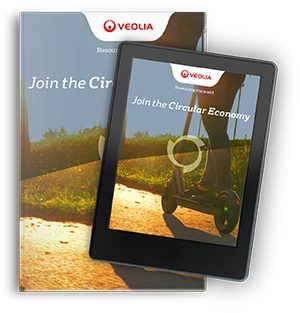This blog post is the third in our series explaining the different business models that embody the purpose of the circular economy to allow businesses at all scales and levels to reduce, reuse and recycle waste.
By becoming more efficient and focusing on gaining the most value possible from products and raw materials, we stand a much better chance in the fight for a sustainable future and against overexploitation of our limited resources.
More Waste Than We Can Handle
One of the biggest problems in our current economic system and production processes is the amount of waste we create. The Environmental Protection Agency (EPA) estimates the U.S. disposes of 267.8 million tons of waste per year, with 139.6 (52.1%) ending up in landfills. This incredibly large amount is far more than we can recycle or process in a safe, sustainable, environmentally conscious way.
There are multiple dimensions to this waste problem:
- The fact that there is more waste than we can handle responsibly results in widespread pollution and environmental degradation.
- Because we waste so many resources, our economy as a whole is forced to extract ever greater amounts of resources to keep up with consumption.
- The focus of current production processes is characterized by "take-make-waste," forcing us to leave a large amount of residual value in the products and materials we throw away.
For the past two hundred years, businesses, producers, and manufacturers have focused more and more on extraction and waste. Whether it was because resources seem infinite, recovery technology wasn’t advanced enough, or consumers weren’t pushing for more efficient and sustainable practices, this seemed to be the only way to be profitable and successful.
Recently, many businesses have found better options. What we call circular business models are different methods of handling production and waste. Instead of take-make-waste, the focus is on extracting the most value possible from existing resources and goods.
The Resource Recovery model is just one of these business models
What is a Resource Recovery model?
The Resource Recovery model is based on converting waste into secondary raw materials. The goal of this model is to obtain additional uses from resources and to extract more value from them by avoiding final disposal for as long as possible.
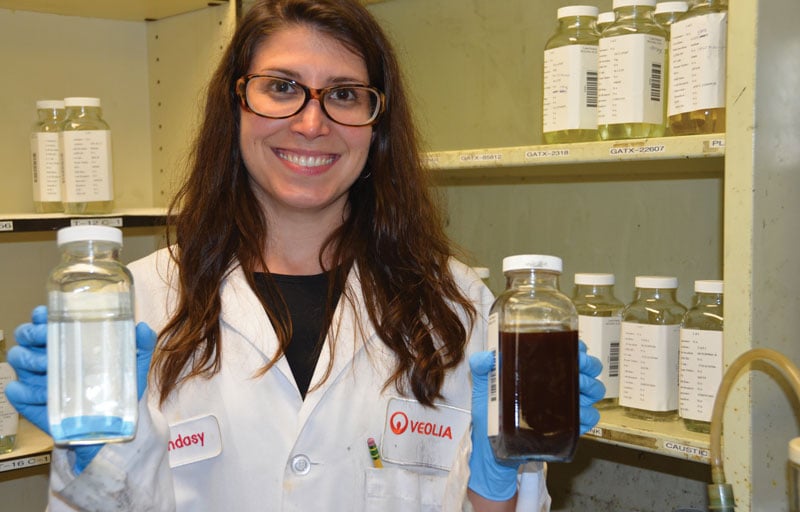
This model reduces the need for new, virgin resources by reusing waste and converting it into a resource. A critical component of adopting this model successfully is to identify ways of recovering end-of-life products so that the valuable materials and the energy that went into producing them can be reused. An in-depth evaluation of how to recover waste and by-products from each step of the production is a key analysis for successful implementation of this model.
There are several elements within the Resource Recovery model that work toward reducing or eliminating disposal and new material costs, while creating new revenue streams. These elements include:
- Extracting more value from existing resources
- Creating less dependence on new raw materials
- Identifying new revenue opportunities from waste or by products
Applications in the Real World
Opportunities for and current applications of the Resource Recovery business model exist primarily in large, industrial businesses. There are many examples of this model in the real world, including:
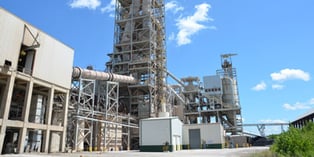
Recovering heat from product destruction
Fuel blending is often the safest and most efficient option for destroying both hazardous and non-hazardous waste. The heat generated from the combustion can be recovered in some operations and used in the creation of concrete.
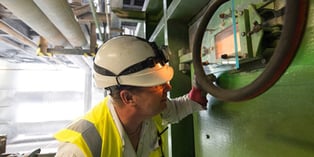
Reusing food and agricultural waste
Instead of discarding organic waste like food and agricultural products in a landfill, there are now processes to convert that waste into biomethane gas. That gas is then used to create electricity or hydrogen for battery or fuel cell electric vehicles.
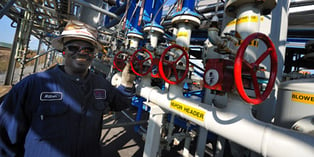
Recovering oil and wastewater for reuse
During the production of petroleum and other fuel products, oily sludge is produced as a byproduct. Through an innovative recycling process, refineries recover value from used resources by using a treatment process that separates the oil, water and solids. Once separated, the recovered oil and water is then returned to the refinery for reuse in crude processing.
What Are the Benefits?
There are many benefits enjoyed by organizations that adopt a Resource Recovery circular business model. The first is the potential financial advantage possible for companies. For businesses that can find an efficient, cost effective way to recycle and reuse waste, they may be able to recover the resource at a value that is equivalent to, or even above, the initial investment. This opportunity can be significant, particularly for companies that produce large volumes of by-products.
In addition to the financial advantage of new revenue streams or cost reductions, a driver of the Resource Recovery model is to satisfy the environmentally conscious consumer. There is a growing population of consumers who are actively seeking to do business with companies, and they are basing their decision on how environmentally friendly the company’s products and practices are.
Shift to a Resource Recovery Model
It is important to increase recycling during any type of production as a practical initiative to reduce the use of the world’s resources while decreasing costs, but it’s also an important position for the company to take from a public relations perspective. Companies that want to appeal to environmentally conscious customers are seeking ways to recover more of their waste and reuse their resources.
A circular economy is a fundamentally different way of approaching products and service, but making the switch is a practical and realistic goal for most businesses. All that’s needed is an experienced partner to assist with the implementation.


